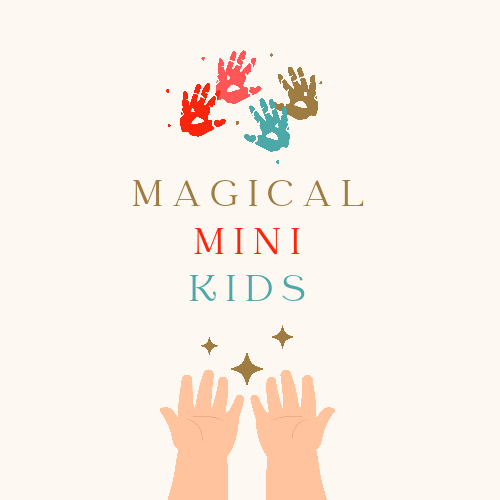By incorporating loose parts into activities such as play dough, children can enhance their fine motor skills through various movements like pressing, rolling, and stretching. This not only strengthens their hand muscles, but also aids in improving their writing skills.
It is believed that materials play a crucial role in shaping neural networks in young children's brains as they engage their senses.
By providing children with stimulating open-ended materials, they are able to develop skills such as focus, attention, and identifying important features, which are essential for future learning. The concept of loose parts also highlights the competency, skill, and creativity of children, allowing them to create environments that cater to their individual interests, strengths, and cultural backgrounds. Additionally, using loose parts promotes the reuse and recycling of objects.
Loose parts also highlight the competency, skill, and creativity of children, allowing them to create environments that cater to their individual interests, strengths, and cultural backgrounds. Additionally, using loose parts promotes the reuse and recycling of objects during activities, making it a sustainable practice.
Loose parts are versatile materials that can be easily transported, carried, rearranged, aligned, and disassembled to create various configurations. These parts can be used independently or in conjunction with other materials. Unlike fixed objects, loose parts do not come with specific instructions, allowing for endless possibilities and creativity.
Examples of loose parts include:
- pompoms
- cotton wool
- bottle tops
- natural materials such as flowers, leaves, sticks string buttons, beads shells, stones,
- pasta, rice or cereal tyres,
- wheels, tubes boxes or crates
- sheets or blankets
- wooden block
- rolling pins
- pots and pans
- cups or bowls
(only use those which are suitable for the age of the child)

